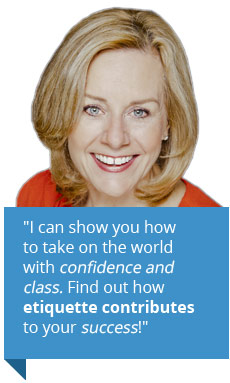Is Your Feedback Style a Cloaked Dagger or a Spoonful of Sugar?
May 21, 2018 Constructive feedback can unlock doors. It can help you see the world, and your role in it, in a new light — the best leaders understand this, learn from feedback, and grow.
Constructive feedback can unlock doors. It can help you see the world, and your role in it, in a new light — the best leaders understand this, learn from feedback, and grow.
So why do I cringe internally when I hear, “I have feedback for you?”
I know I’m not alone in this reaction. For many people, “feedback” immediately calls to mind childhood memories of being called into the school principal’s office. This invaluable tool becomes its own form of punishment.
I’ve learned through uncomfortable experience that feedback itself isn’t the problem; rather, it’s the way it’s delivered.
A few years ago I sat down to lunch with a woman I respect and admire. She’s a leader through and through, and I felt privileged to spend time with her.
We were barely through the first course when I realized this wasn’t just a professional lunch; she wanted to give me feedback on my own leadership style. But instead of revealing my faults with a spoonful of sugar, I felt ambushed. There was no focus on improvement, just my flaws.
It was devastating.
As she spoke I immediately wanted to respond, so my mind raced to justify my actions. But I was cut off with more “feedback.” By the time she was done speaking, I was a stammering mess and genuinely confused — was this a power play, or was she actually interested in my development?
As I reeled afterward, I began to question my own style of feedback. Had I done something similar to someone else? I had to admit that unless I had a direct report I often avoided confrontation. But did that help those around me grow?
I decided to lay out the ground rules for feedback so that I could avoid making others feel the way I felt in that moment.
Luckily, Toastmasters — an organization I’ve been involved with for many years — has a wonderful process in place for evaluations. I mined those techniques, along with my own observations, to develop the following guidelines.
Be upfront. If you’re calling a meeting or inviting someone out to offer feedback, be clear so the person has time to get into a receptive frame of mind.
Start with the good.In Toastmasters, we call this the sandwich technique. Explain what the person currently does well. If you absolutely can’t think of anything, look at their intent — 9 times out of 10, everyone is doing the best they can with the tools they have.
Layer in your feedback. Give direct, concise feedback. Use phrases like, “I’ve observed,” or “I’ve noticed.” Make it clear that this is your personal opinion and avoid “I’ve heard through the grapevine,” or “people are saying” gossip.
Use your own experience. As a concerned leader, you’ve probably been in a situation you can mine for wisdom. Expose some of your own vulnerability by sharing your experiences to show that you understand.
Finish on a positive note. End with more positive attributes or by linking the feedback to a future goal — or both, if applicable. The person receiving the feedback should feel guided and challenged to grow rather than offended or deflated.
Follow up. Even the best feedback can be a bruise to the ego. Follow up with a hand-written note or thoughtful email to express how much you appreciate and believe in the person.
You might be wondering what I did with the feedback that I was given. Besides refining my own process, I analyzed my willingness to lead. Every leader is subject to criticism. Did I have the courage to hear what was said to me, despite the manner in which it was delivered, and grow?
The answer was yes. I’ve gone on to seek — and earn — leadership positions since then. I may not have liked the experience, but it forced me to change my own approach as a leader. And that, in the end, was worth it.
 Print This Post
Print This Post
Leave a Reply




No Comments Yet
You can be the first to comment!